Ancient Times
Quetzalcoatl
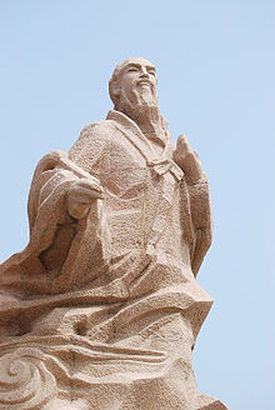 Statue of Xu Fu - From Wikipedia.com
Statue of Xu Fu - From Wikipedia.com 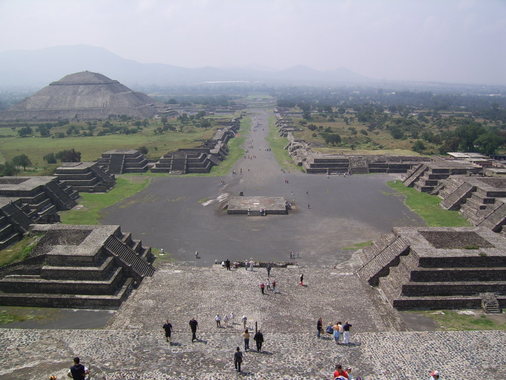 Ancient city of Teotihuacan today - Wikipedia.com
Ancient city of Teotihuacan today - Wikipedia.com Europe, 395 - 500CE
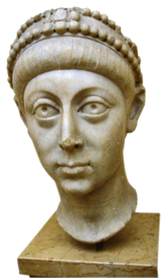 Arcadius - Wikipedia
Arcadius - Wikipedia 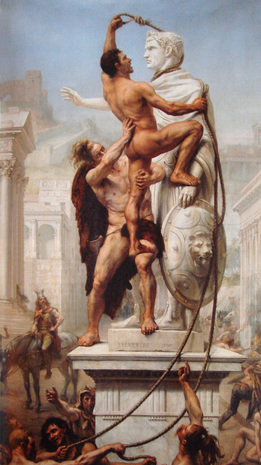 The Sack of Rome by the Visigoths on 24 August 410 by J-N Sylvestre (1890) - Wikipedia
The Sack of Rome by the Visigoths on 24 August 410 by J-N Sylvestre (1890) - Wikipedia 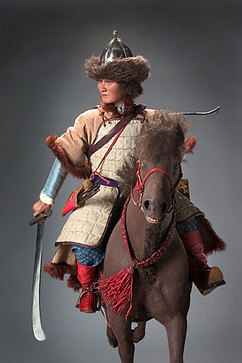 This guy! - Wikipedia
This guy! - Wikipedia 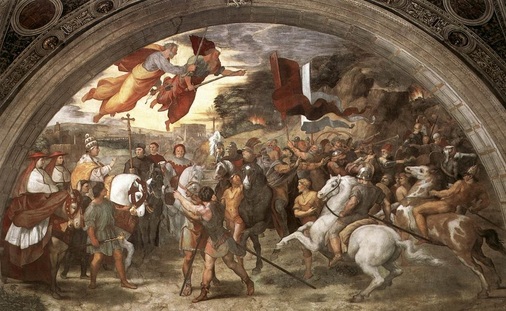 Leo and Atilla's meeting, painted by Raphael. - Wikipedia
Leo and Atilla's meeting, painted by Raphael. - Wikipedia Europe, Medieval
Venice, Italy
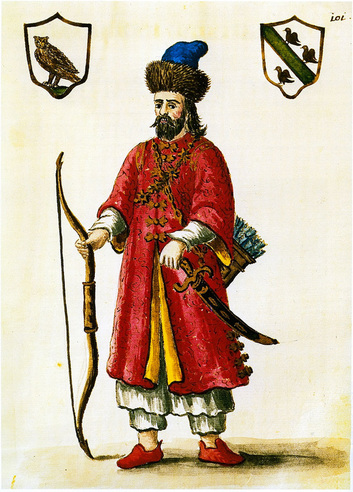 Look at that old picture of Marco Polo! - From Wikipedia.org
Look at that old picture of Marco Polo! - From Wikipedia.org Kingdom of Seville, Castile
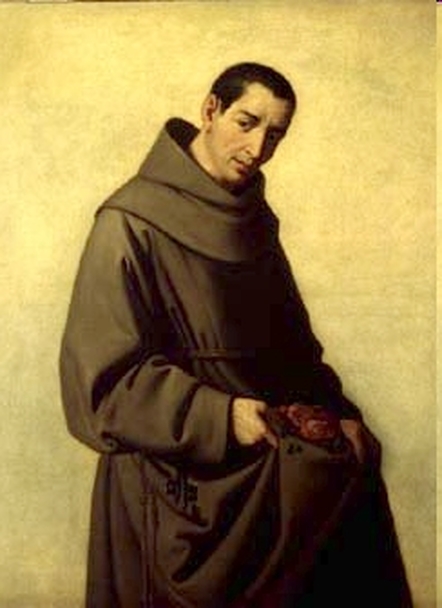 St. Diego of Alcala - from Wikipedia.org
St. Diego of Alcala - from Wikipedia.org 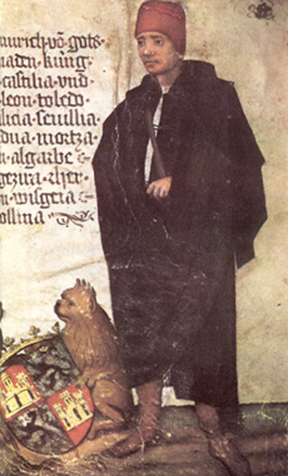 King Henry IV - From Wikipedia.org
King Henry IV - From Wikipedia.org Stay Tuned for Background History, part 2 coming October 1, 2015
Sources:
https://en.wikipedia.org/wiki/Fusang
Quetzalcoatl:
https://en.wikipedia.org/wiki/Quetzalcoatl
Xu Fu:
https://en.wikipedia.org/wiki/Xu_Fu
Teotihuacan:
https://en.wikipedia.org/wiki/Teotihuacan
Aztecs:
https://en.wikipedia.org/wiki/Aztec
Marco Polo:
https://en.wikipedia.org/wiki/Marco_Polo
Didacus:
https://en.wikipedia.org/wiki/Didacus_of_Alcal%C3%A1
Henry IV
https://en.wikipedia.org/wiki/Henry_IV,_Duke_of_Brunswick-L%C3%BCneburg
Books:
History of the Medieval World by Susan Wise Bauer
Teaching Company Course:
The Other 1492: Ferdinand, Isabella, and the Making of an Empire.
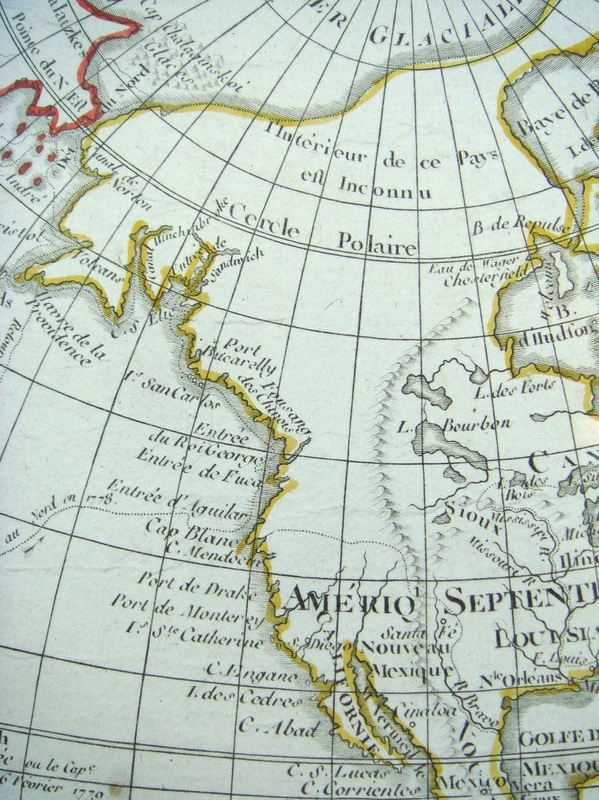

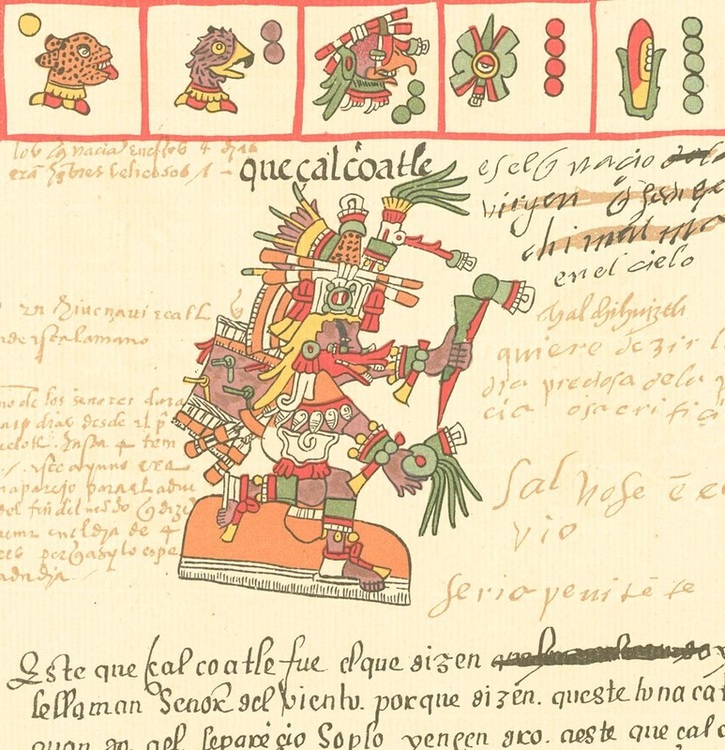
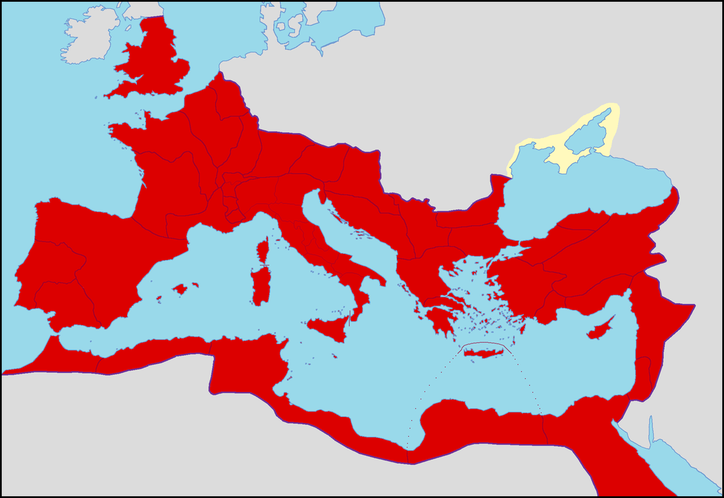
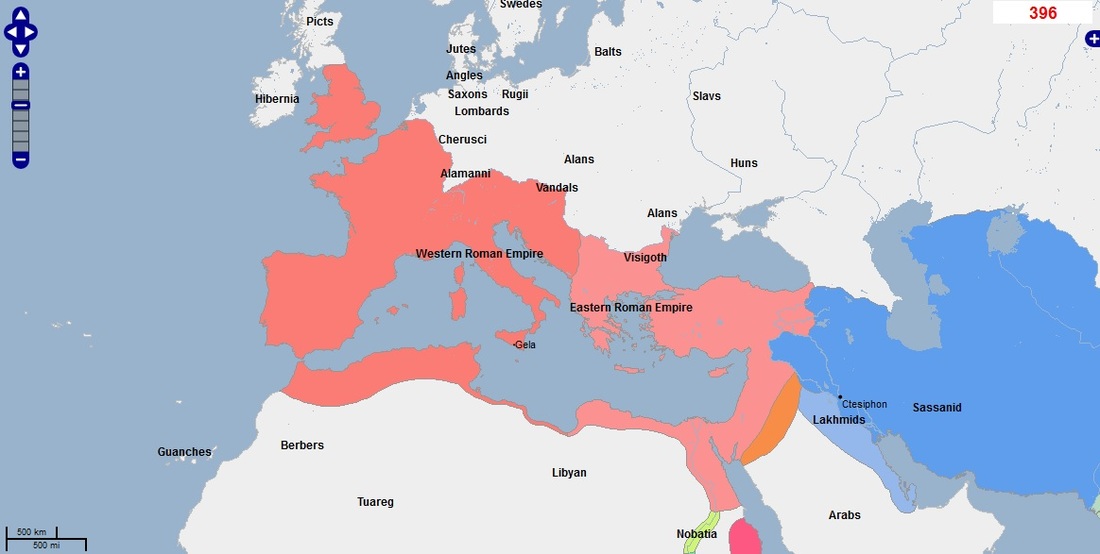
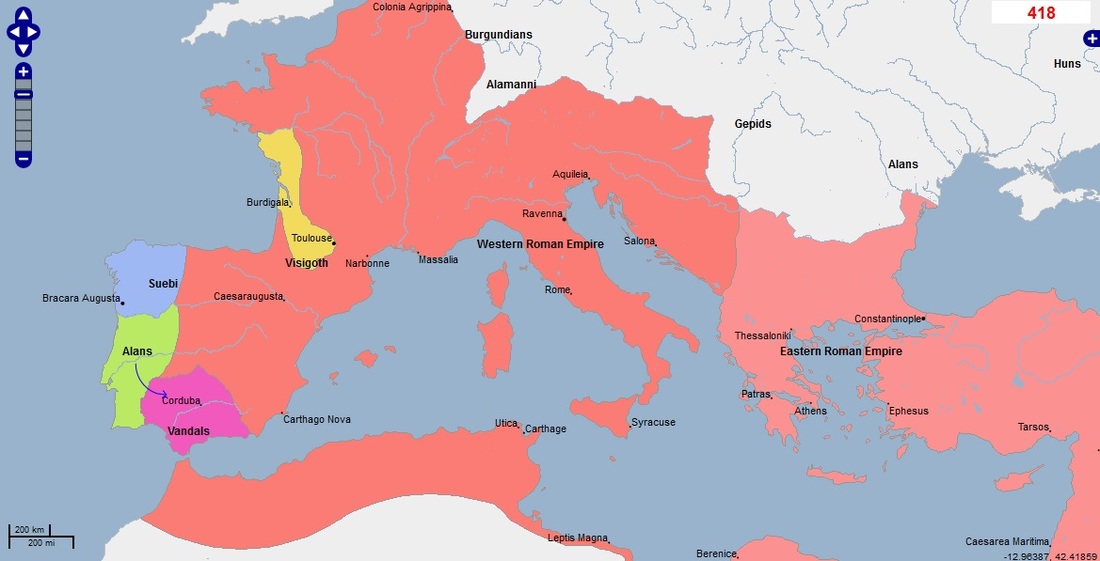
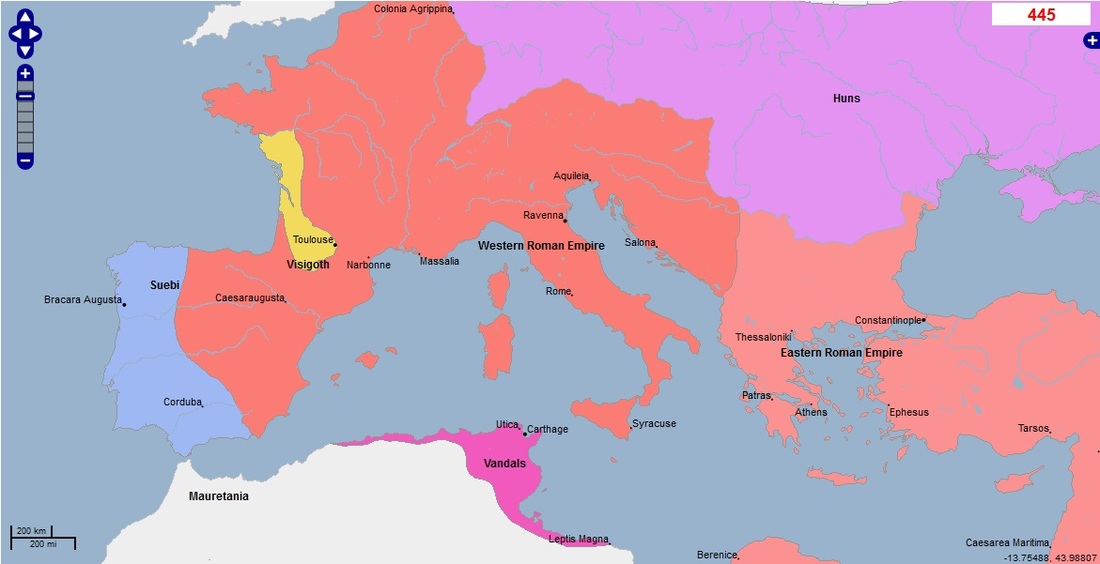
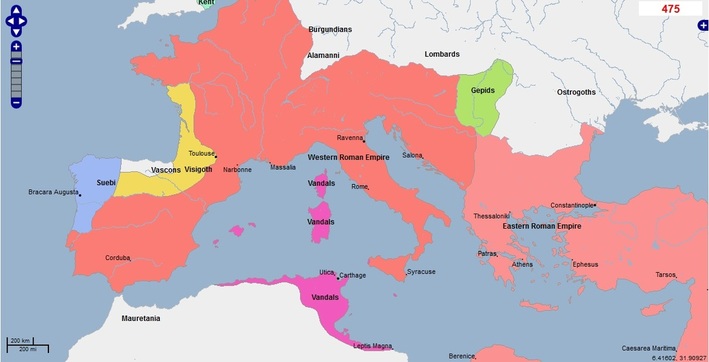
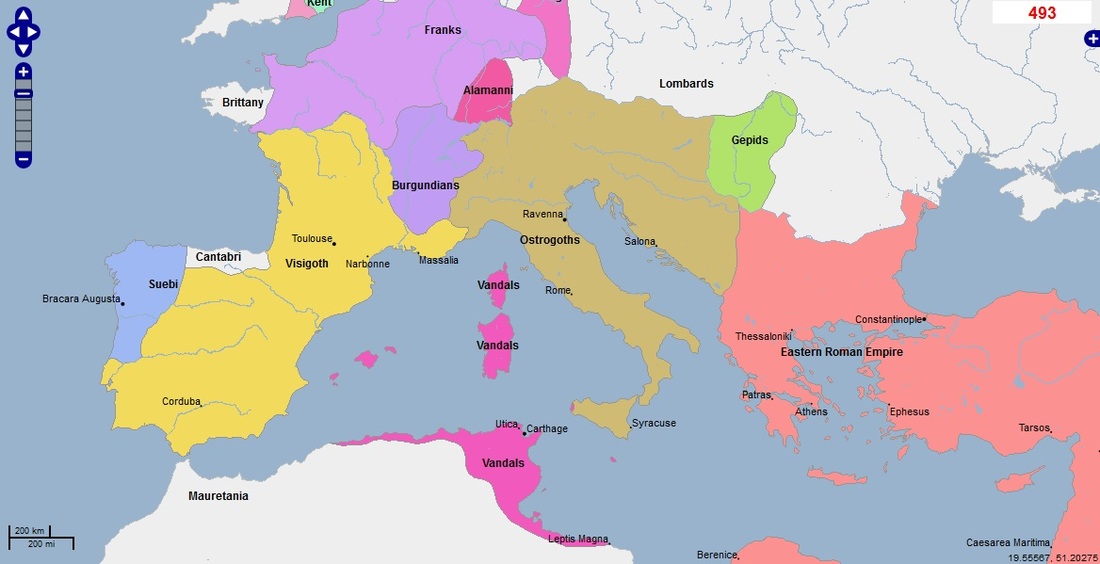
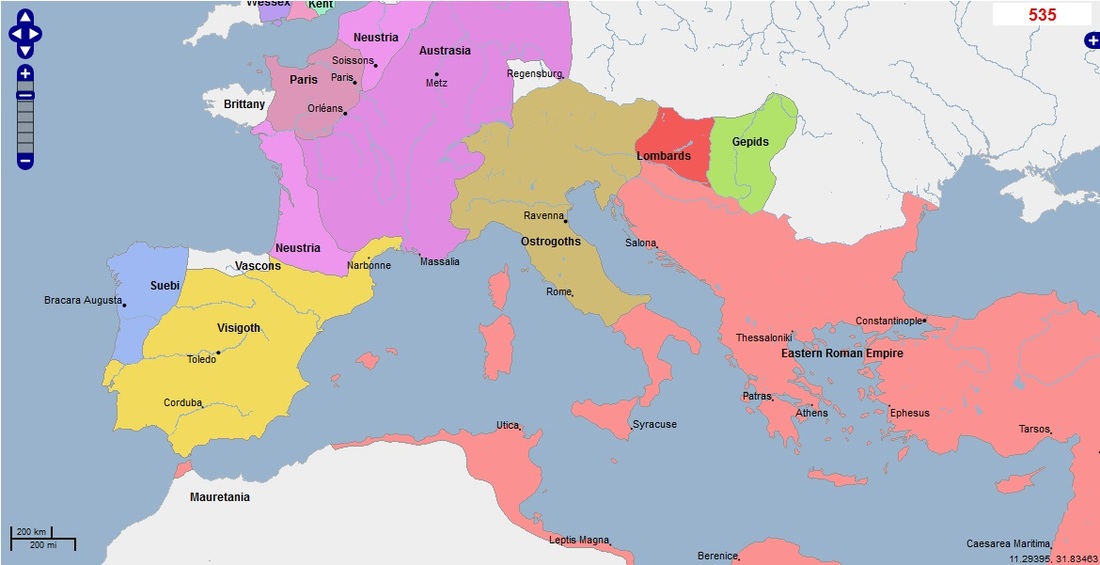
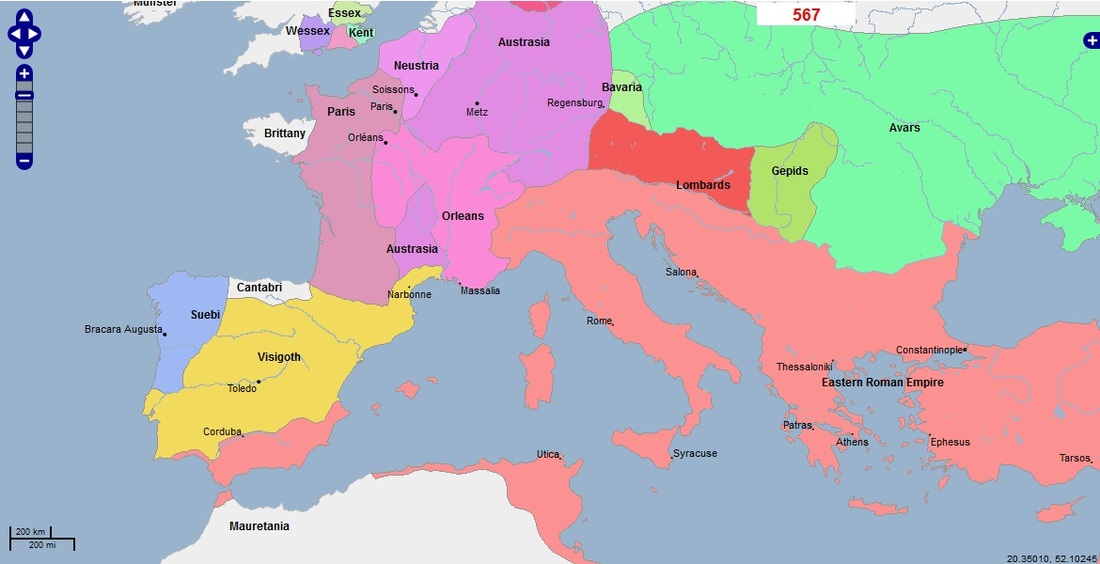
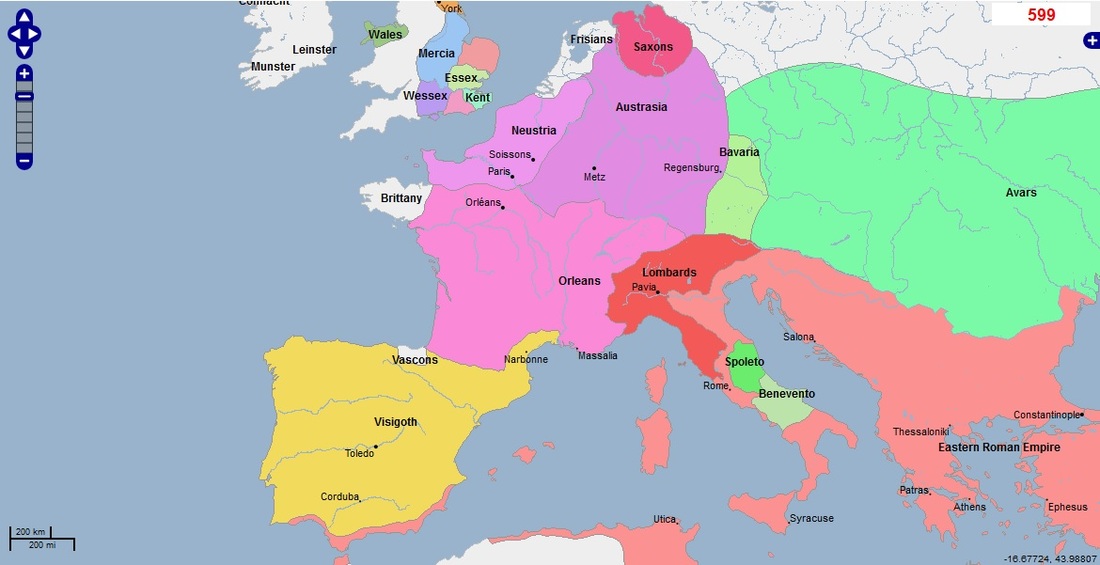
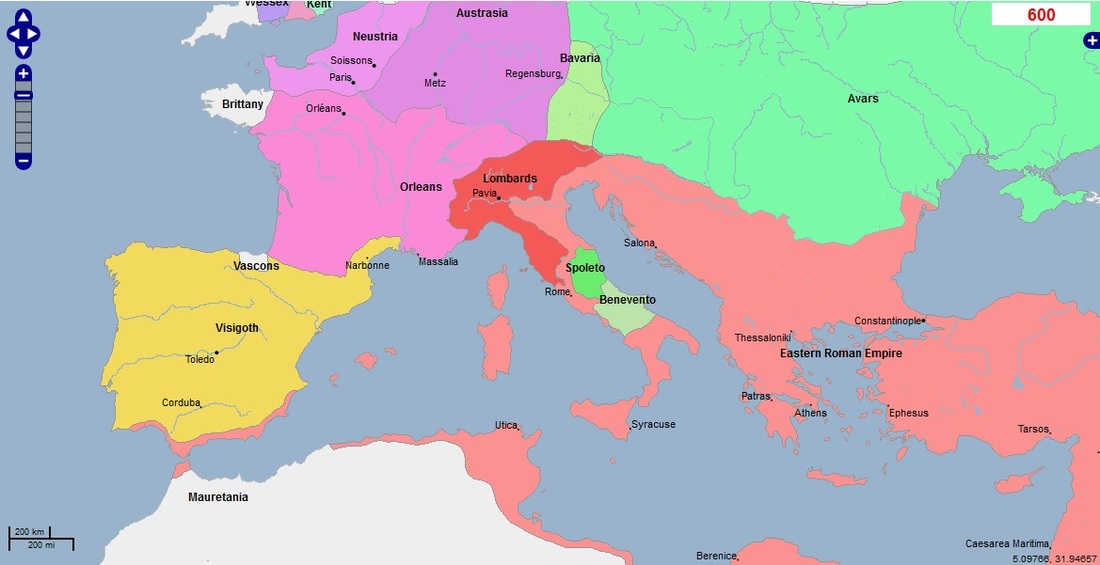
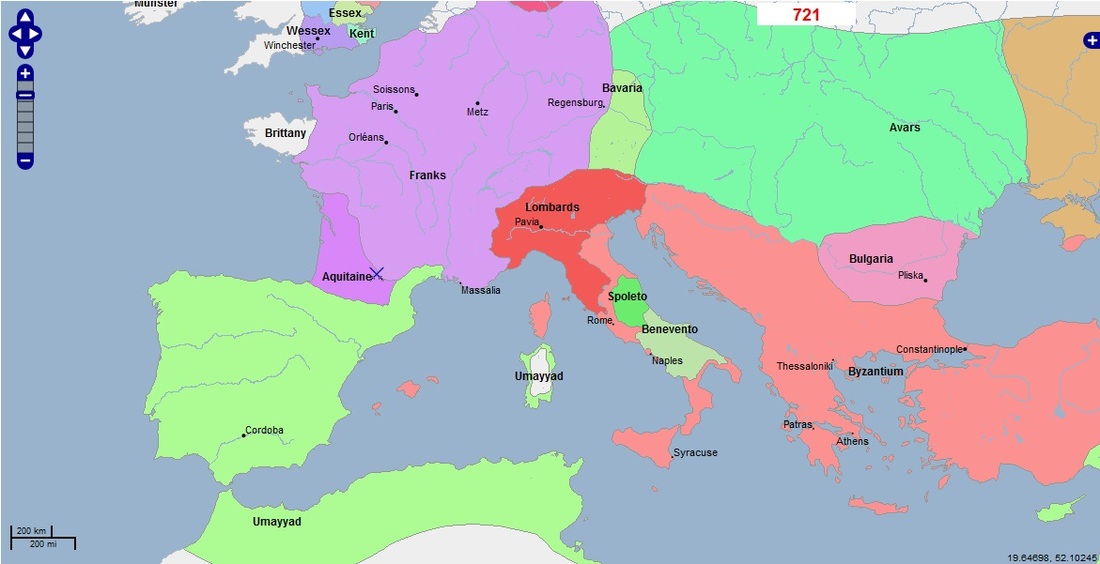
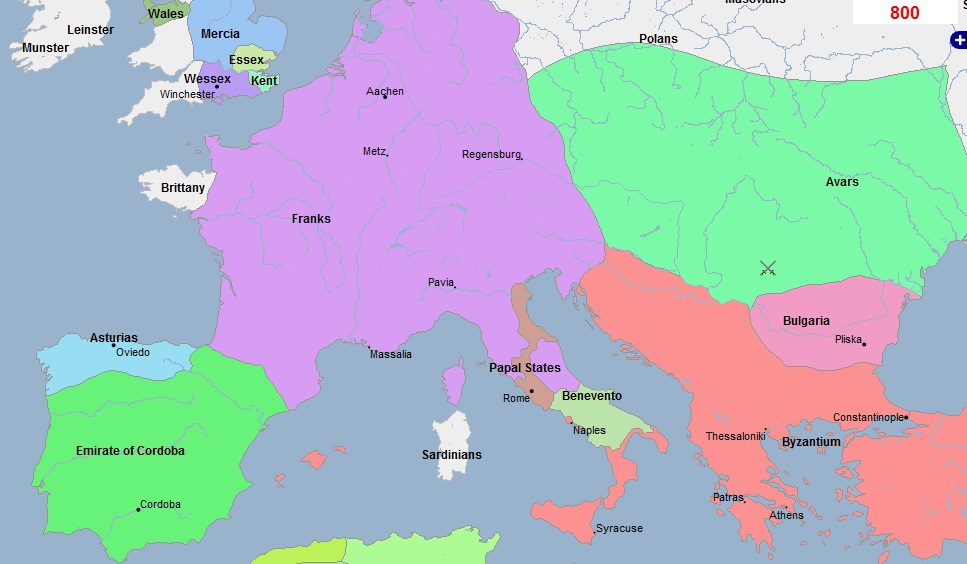
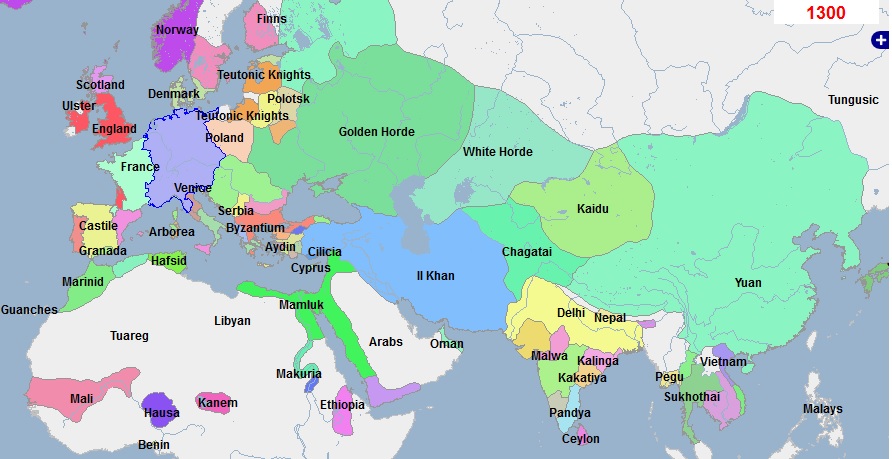
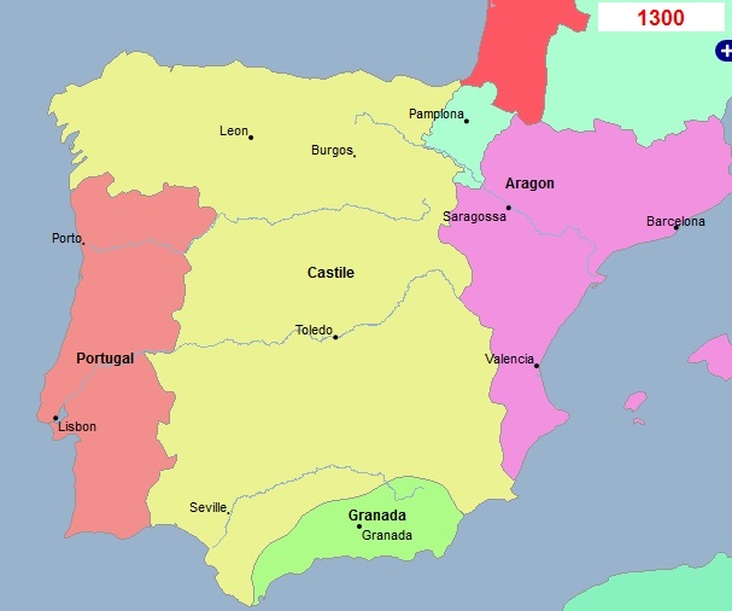
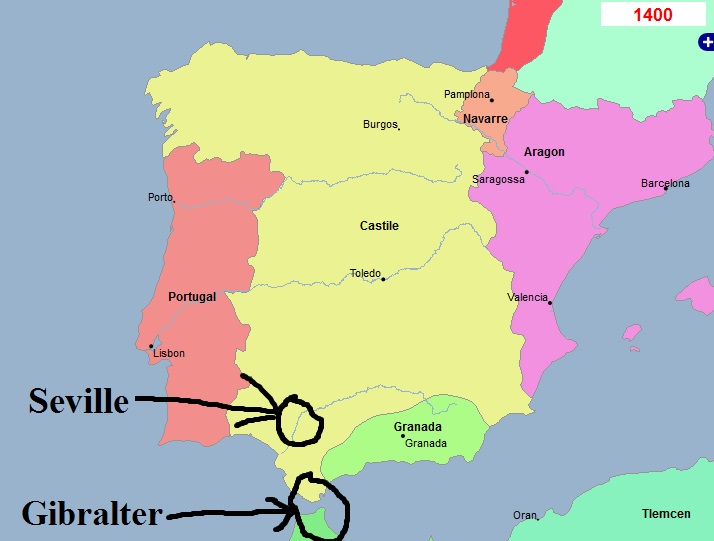
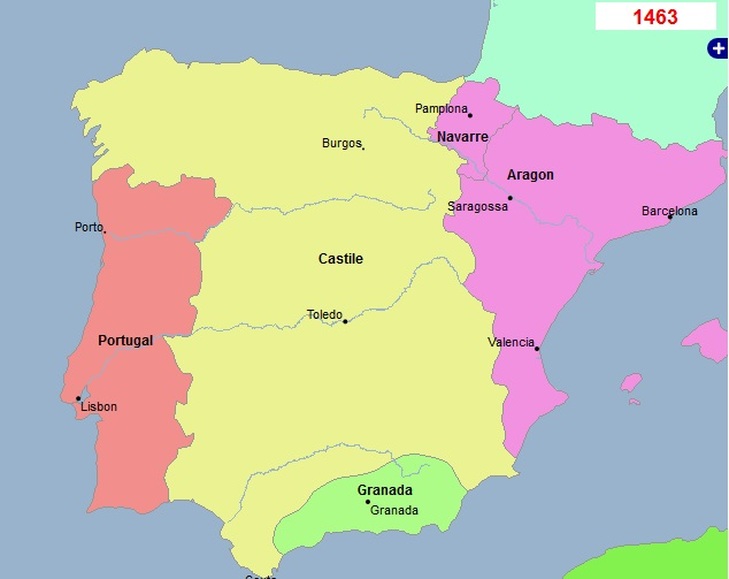
 RSS Feed
RSS Feed